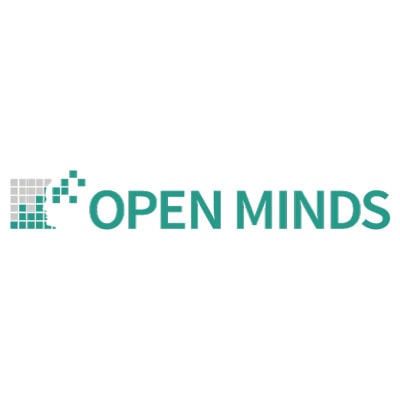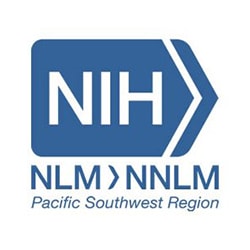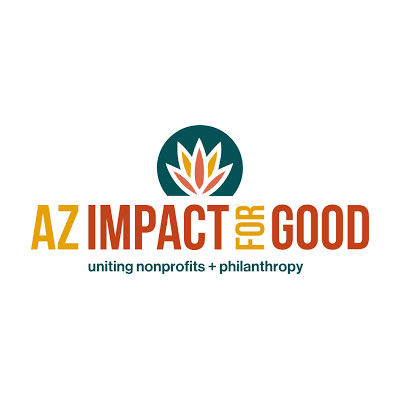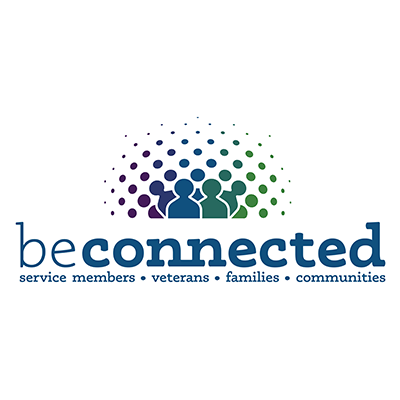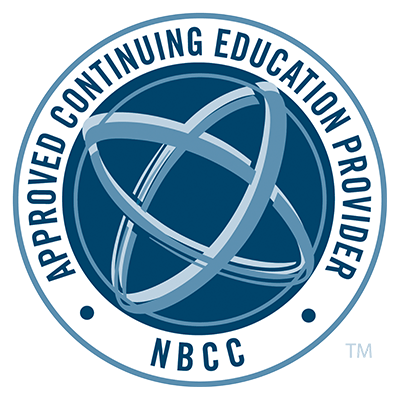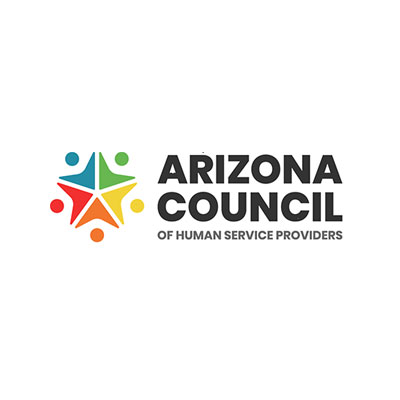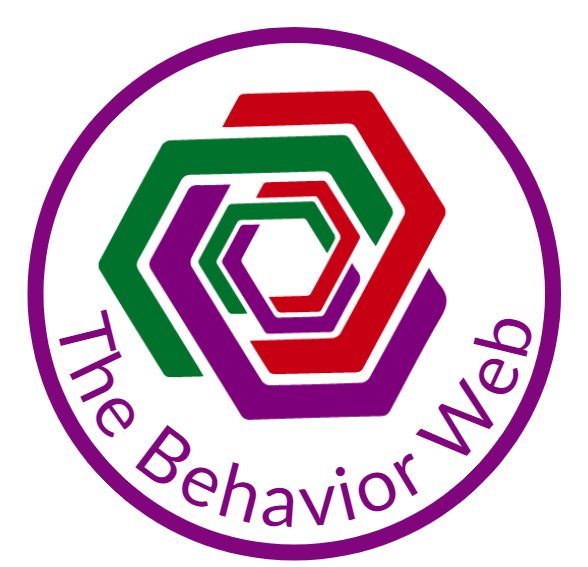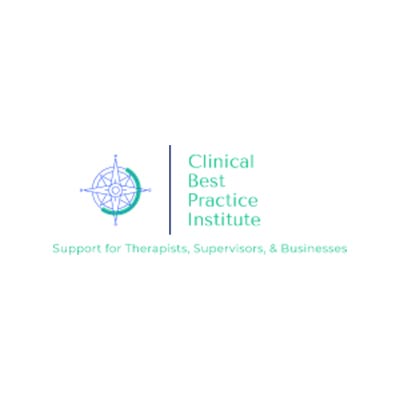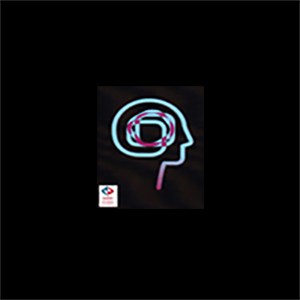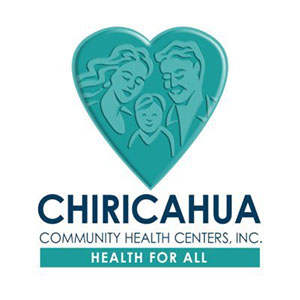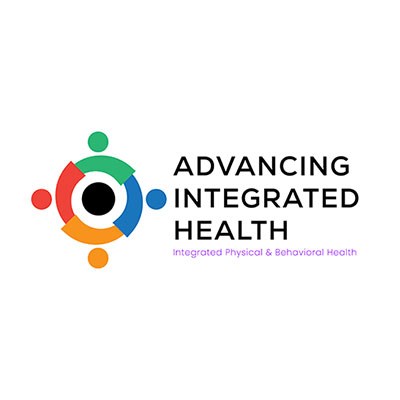 CGI Experts to Present at NACIC24: A Global Discussion on Integrated Care
CGI Experts to Present at NACIC24: A Global Discussion on Integrated Care
September 19, 2024
We are excited to announce that several members of the Cummings Graduate Institute for Behavioral Health Studies (CGI) community will be presenting at the 2024 North America Conference on Integrated Care (NACIC24). This prestigious conference, co-hosted by the International Foundation for Integrated Care (IFIC), IFIC Canada, the North America Center for Integrated Care, the International Journal of Integrated Care (IJIC), and the Health System Performance Network at the Dalla Lana School of Public Health at the University of Toronto, will take place from October 15-17, 2024, at the Westin Calgary in Canada. With the theme “Creating Health with Integrated Care,” NACIC24 will bring together global leaders, researchers, clinicians, managers, community representatives, patients, and caregivers who are committed to advancing the design and delivery of integrated health care. CGI is proud to join this important conversation, supported by premier partners Health Standards Organization (HSO) and Accreditation Canada.
 Introducing the CGI community members presenting at NACIC24:
Introducing the CGI community members presenting at NACIC24:
Dr. Cara English, DBH, CEO and CAO
Oral Presentation: Interprofessional Integrated Care: Addressing the Educational Determinants of Health in the Integrated Care Workforce
October 16, 2:30 PM – 4:00 PM
Description
Background:
Workforce education and training has a direct impact on health outcomes. In this workshop, participants will define educational determinants of health, discuss barriers to professional and community education, identify barriers for different populations, and review strategies that can be used to address disparities, including best practices from integrated care settings. Education and training in integrated care is understood to be a fundamental requirement for teams and systems to navigate the change from siloed care. Definitions for key terms vary from system to system, sometimes within the same country or region, leaving large gaps in the preparation of an integrated care workforce, and by extension, a lack of understanding among the population as a whole as to what integrated care is or could be. At the macro level, professional organizations, licensing boards, and training program curricula continue to operate in antiquated silos, and funding for professional development is often left up to the specific system, hospital, clinic, or individual. At the meso level, we often see practice change mandated without an understanding of the data and evidence, and infrastructure, investment, and good examples are often missing. At the micro level, patients and carers are often left out of the care process entirely while professionals cling to siloed identities and roles without a shared language for team competencies in integrated environments or an environment that fosters learning and supports change. This workshop will present key statistics and share case examples that illustrate strategies that have been used to address educational disparities including community partnerships, patient/community education programs, and advocacy. Small group discussions will be offered for workshop participants to share successful examples and best practices from their local communities, and each discussion group will be invited to share analysis and proposed recommendations and solutions that can be generalized to other communities.
Audience:
This session will be relevant for any stakeholder who is interested in advancing integrated care through education and training of both the workforce and community members.
Approach:
A combination of presentation of data and case examples and small group discussions will be used to provide information and discuss participants’ experiences with barriers and strategies to address barriers in their local settings, and to discuss the generalizability of evidence-based recommendations and strategies from case studies. Approximately half of the workshop will be used for presentation and half will be used for group discussions and reporting back to the large group to generalize learning.
Outcomes:
After group discussions, key takeaways from group discussions will be summarized in the large group, and a question/answer session will be held to provide further clarification and resources. Information and follow up opportunities will be provided in closing remarks and notes on the workshop will be captured and shared with participants. Overall outcomes desired are a greater understanding of the impact of educational determinants of health, as well as strategies that the audience can bring home to address these determinants in their local communities.
 Danyelle Lincoln; MA, BCBA, LBA-NV, DBH Student
Danyelle Lincoln; MA, BCBA, LBA-NV, DBH Student
Oral Presentation: Models of Integrated Care for Specific Populations: Bertolotti’s Syndrome Unveiled: A Systematic Review of Current Research and Clinical Practices
October 16, 2024, 11:30 AM – 1:00 PM
Description
Background:
Bertolotti’s Syndrome is a congenital anomaly of the spine characterized by lumbosacral transitional vertebrae (LSTV) that is associated with lower back pain. For much of the world, back pain has been found to be the leading cause of loss of activity, work restrictions, and absenteeism. This has been associated with enormous economic burdens on a personal level, as well as for the wider economy. However, Bertolotti’s Syndrome is commonly overlooked both in terms of differential diagnosis and the treatment of back pain. Research indicates that 65-80% of people will experience back pain during their lives, and thus far, 4.6%-7% of those occurrences in adults have been associated with LSTV.
Audience:
This presentation aims to raise awareness of Bertolotti’s Syndrome among both patients and physicians.
Approach:
A literature review was conducted using a systematic search of academic databases, such as PubMed and NIH, using keywords including “Bertolotti’s Syndrome,” and “transitional vertebrae.” Inclusion criteria focused on peer-reviewed articles published within the last ten years, emphasizing clinical studies, diagnostic methods, and treatment approaches. Landmark studies were included and referenced despite falling outside of the ten-year criteria. Relevant articles were then analyzed and synthesized to provide a comprehensive overview of current understanding and management practices related to Bertolotti’s Syndrome.This presentation was originally designed for a Pathophysiology course at Cummings Institute for Behavioral Health. Elements of this presentation were gathered from collaboration and insight gained from the Facebook group “Bertolotti’s Syndrome Education Group (USA)” – a support and education group for sufferers of this condition.
Results:
Key findings indicate that Bertolotti’s Syndrome is often underdiagnosed due to its overlapping symptoms with other, more common, back pain generating conditions, as well as an erroneous perception amongst physicians that LSTV cannot cause pain. Diagnostic advancements, such as the use of MRI and CT scans, have improved accuracy in identifying LSTV, yet variability in diagnostic criteria persists. Treatment approaches range from conservative management, including physical therapy and pain relief medication, to surgical interventions such as resection of the transitional vertebra or spinal fusion. The review suggests a trend towards individualized treatment plans, however, further studies are necessary to raise awareness of this condition and to develop standardized diagnostic and treatment guidelines.
Implications:
This review highlights the pressing need for increased awareness, as well as standardized diagnostic criteria and treatment protocols. The findings underscore the importance of accurate diagnosis to differentiate Bertolotti’s Syndrome from other pain generators. The audience will gain a deeper understanding of Bertolotti’s Syndrome, including its prevalence, diagnostic challenges, treatment options, and patient frustrations. Bertolotti’s Syndrome is a significant yet often overlooked cause of lower back pain, contributing to the broader issue of back pain that affects a large portion of the population and imposes substantial economic burdens. Despite advancements in imaging techniques, Bertolotti’s Syndrome remains underdiagnosed due to symptom overlap with other conditions and misconceptions among healthcare providers regarding its potential to cause pain. There is a wide range of treatment options, from conservative management to surgical interventions, but the lack of standardized guidelines leads to variability in care. There is a need for increased awareness among healthcare providers about Bertolotti’s Syndrome and its impact. Providers and patients should be updated on recently released literature that redefines how physicians approach this condition.
 Kenneth Roberts, MPS, LPCC, LADC, DBH Student
Kenneth Roberts, MPS, LPCC, LADC, DBH Student
Oral Poster Presentation: Demonstrating Integrated SDoH Impact in Behavioral Health
October 16, 2024, 1:25 PM – 2:25 PM
Description
Background:
Minnesota’s (USA) largest non-profit SUD/MH treatment provider collaborated with a respected local academic institution to conduct voluntary research with patients engaged in co-occurring SUD/MH treatment services on a novel model integrating subsidized recovery housing support with clinical services.
Approach:
Collected longitudinal data during and up to 16 months post treatment to compare outcomes of patients utilizing an integrated recovery residence support resource during the treatment episode with those who did not.
Defined study aims were:
- To understand the characteristics of people who choose to live in a recovery residence while receiving intensive outpatient (IOP) treatment compared to those who do not.
- To understand the impact of living in a recovery residence during IOP treatment on client retention and outcomes, such as discharge status, substance use, self-care, relationship problems, material resources, life outlook, depression severity, anxiety severity, and sober days.
Results:
Results demonstrated patients utilizing recovery residence support during the treatment episode achieved statistically significant differentials in days abstinent from substance use, length of treatment engagement, successful treatment completion and reduced mental health symptomology.
Implications:
The ongoing study outcomes highlight the impact and need for innovative, integrated strategies to recognize and address the impact of social determinants of health (SDoH) as a component of effective whole-person care.
 Destinee Rodriguez, ABA, DBH Student
Destinee Rodriguez, ABA, DBH Student
Oral Presentation: Models of Integrated Care for Specific Populations: Closing the Gaps for Families: Assessing What Matters Most to Families
October 16, 2024, 11:30 AM – 1:00 PM
Description
Background:
Autism Spectrum Disorder (ASD) is classified as a neurological brain-based disorder impacting an individual’s ability to communicate, socialize, and manage behavioral symptoms to varying degrees. The science of behaviorism is rooted in three branches of experimental analysis of behavior, behavior analysis, and applied behavior analysis (ABA). In emerging years, ABA services have been recommended as a form of treatment for individuals with ASD. Utilizing a scientific approach to research the relationship between behavior and the environment, through the manipulation of environmental variables paired with concepts of conditioning and reinforcement, ABA is recommended to aid individuals through challenges that may negatively impact their daily life while also supporting the improvement of socially significant behaviors.MethodsIn any event ABA services are recommended, families are expected to adhere to a recommended number of treatment service hours. Historically, it is believed treatment services hours are needed to occur at an intensive rate in order to produce any significant improvements. However all too commonly, treatment service hours are recommended with little to no consideration for what types of social determinants may affect a family’s ability to adhere to a full treatment service hour recommendation. In time, the gap between recommended versus accepted treatment service hours frequently leaves families in question as to if their efforts will ever produce any significant improvements for their child and family. For this reason, clinicians are urged to assess evidence-based outcomes versus perceived outcomes to support families in closing the gap in question, developing a service outcome that is equally meaningful and significant to their child and family.
Approach:
Before clinicians continue to advocate for full treatment adherence to produce meaningful outcomes, it is recommended clinicians consider the assessment of evidence-based outcomes compared to perceived outcomes of treatment adherence, attendance and desired outcomes. The three domains of treatment adherence, attendance, and desired outcomes are the most influential factors in measuring a family’s ability to accept a full recommendation of treatment service. While evidence-based outcomes are concrete, comparing what measures are most important to the families will more largely reveal underlying social determinants within or beyond a family’s control, reflective of their ability to accept a recommended treatment service.
Results:
The assessment and diagnosis of ASD is changing, and more recent studies recommend further consideration of social determinants including the functioning of family systems, impact of stress, and family perspectives on care needs are critical in determining what a “successful intervention” may look like. To better understand family perception of the three domains while also assessing social determinants, clinicians should discuss whether data collection is reflective of families’ desired outcomes. In these consultations, clinicians may prepare to lead larger conversations of what treatment outcomes are most meaningful, desirable, and preferred for the families and their children.
Implications:
Upon receiving an ASD diagnosis, ABA services will likely be recommended to families. Commonly, families are not familiar with the time investment needed to participate in a full recommendation of services. When families do not accept a full recommendation of services, they are often left to wonder if the efforts they can realistically make will produce significant improvements for their child and family. To support families in making these difficult decisions, clinicians are encouraged to explore evidence-based outcomes compared to perceived outcomes with the family while embracing a service outcome that is meaningful, desirable, and preferred. Ultimately, supporting families in receiving a service that is most meaningful and desirable to their child and family should be a critical goal for ABA Clinicians.
To explore the full NACIC24 program, packed with a range of workshops, oral paper and oral poster sessions as well as a wide range of networking activities, click here.
With over 300 abstracts submitted and a diverse range of workshops, oral sessions, and networking activities, NACIC24 is set to be a unique opportunity to explore all aspects of integrated health and care. Bringing together 500 delegates from across North America and around the world, the conference will foster collaboration among professionals, patients, caregivers, and community members. There’s still time to register and attend NACIC24. To learn more, visit: http://www.integratedcarefoundation.org/NACIC24




